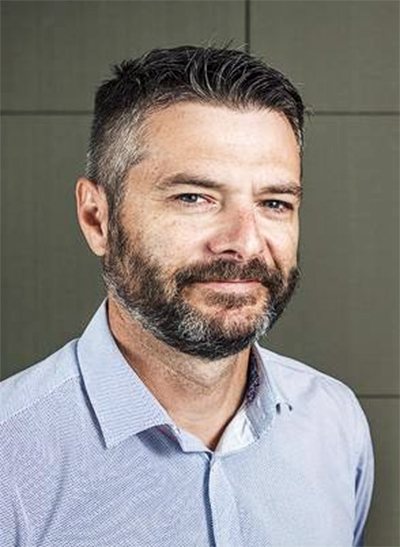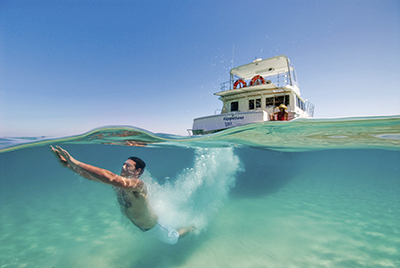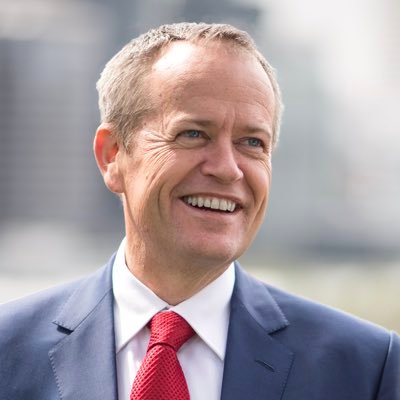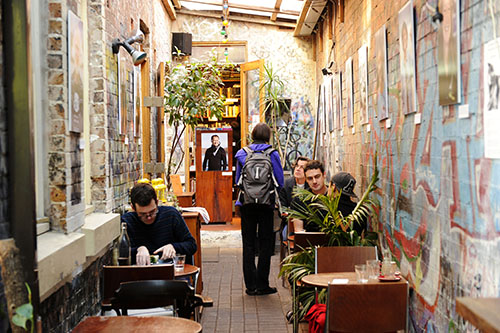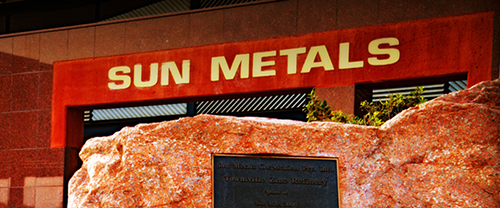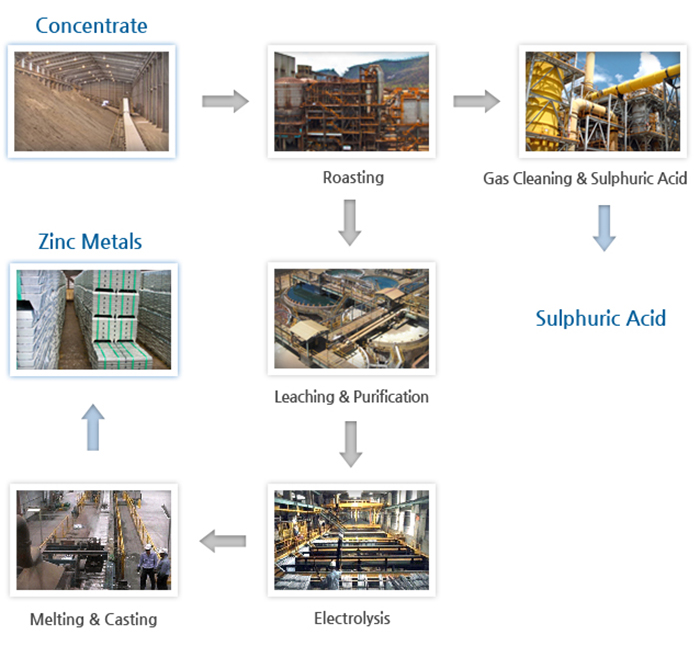Environmental approvals for Parkes to Narromine Inland Rail
THE Australian and New South Wales Governments have given the green light for construction of the Parkes to Narromine section of Inland Rail.
Deputy Prime Minister, Nationals’ Leader and Minister for Infrastructure, Transport and Regional Development, Michael McCormack said Inland Rail would bring jobs and opportunities, improve connectivity and increase freight productivity for businesses and consumers in regional Australia.
“Today is another vital step in making our Inland Rail vision a reality and I am excited for the first section of Inland Rail construction to commence, with $9.3 billion in Federal Government investment,” Mr McCormack said. 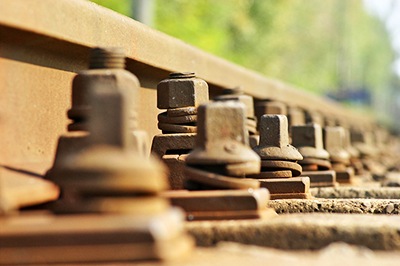
“Communities across regional Victoria, New South Wales and Queensland will see the benefit of better access to markets at home and overseas, as well as ensuring Australia meets the challenge of our freight task which is set to double.”
Minister for Finance and the Public Service Mathias Cormann said Inland Rail would be a corridor of commerce for communities along the Eastern Seaboard.
“Through this investment, the Australian Government is delivering on its commitment to increase freight productivity, ease road congestion and streamline supply chains for businesses and consumers,” Senator Cormann said.
Minister for the Environment Melissa Price said final approval for the works under the Environment Protection and Biodiversity Conservation Act was provided by the Department of the Environment and Energy this week.
“The Australian Rail Track Corporation (ARTC) can start its upgrade to the 106km of track between these two important regional service centres. This will bring jobs and economic opportunity to the region,” Ms Price said.
NSW Minister for Planning and Housing, Anthony Roberts said approval for the works under the NSW Environmental Planning and Assessment Act was provided by the New South Wales Department of Planning and Environment previously.
“I’m pleased to see both governments give the green light for the first Inland Rail project to begin,” Mr Roberts said. “Our freight network supports economic growth in New South Wales, however the existing freight rail line is constrained as it travels through the congested Sydney network, bypassing some of the state’s most productive agricultural regions.”
The ARTC has been appointed by the Australian Government to deliver Inland Rail in partnership with the private sector.
Federal Member for Parkes Mark Coulton said he was pleased to see regional Australians are ready for Inland Rail.
“Inland Rail was what made me get off the tractor and put my hand up for Parliament—this is going to be a transformational investment in communities throughout Western NSW,” Mr Coulton said.
“Whether it’s seeing firsthand the opportunities for greater market access as Australia’s Assistant Trade Minister or understanding the passion local farmers and small businesses have for new jobs and opportunities in Western NSW, this is an exciting project.”
NSW Minister for Roads, Maritime and Freight Melinda Pavey welcomed the next step toward making the Parkes to Narromine section a reality.
“The capacity to move freight efficiently and reliably is the single most important factor in ensuring the continued health of our domestic economy, and in growing and maintaining economic competitiveness,” Mrs Pavey said.
EXTRA >>
More information about the Inland Rail project is available at infrastructure.gov.au/rail/inland/ and epbcnotices.environment.gov.au/publicnoticesreferrals/.
ends

 How to resolve AdBlock issue?
How to resolve AdBlock issue? 